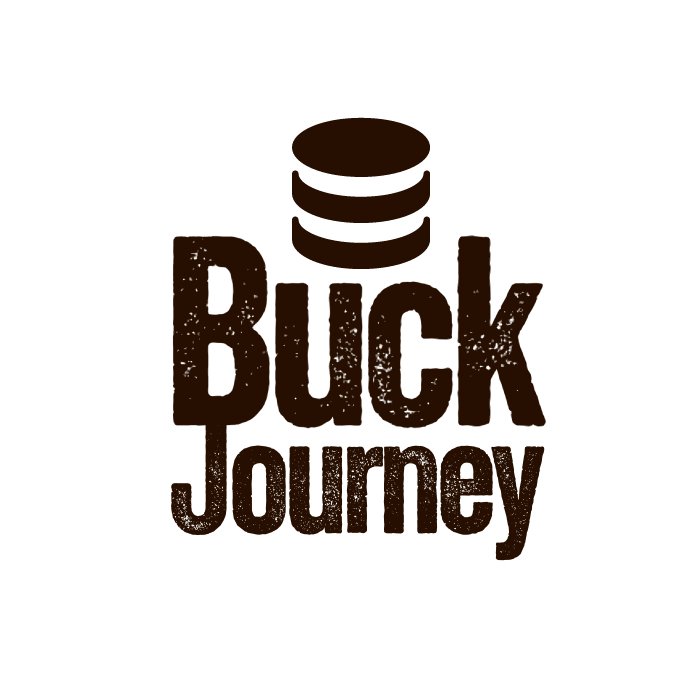The student loan payment pause that lasted three years due to the COVID pandemic officially ended in September. As a result, the first payments were due in October, and borrowers have been facing a number of challenges since then. These include long wait times to connect to representatives at their federal student loan servicer, payment processing errors, seemingly random repayment status changes, and confusion over repayment options.
Here’s a video capturing what student loan borrowers have been sharing on social media:
Student Loan Debt Has Grown while Personal Financial Health Has Declined
The national student loan debt balance has grown by 13.5% since 2018, reaching nearly $1.7 trillion. This growth coincides with the rising cost of college, which has been increasing at an annual rate of 3.8%. Additionally, the Social Security Administration reports that the cost of living increased significantly between 2021 and 2023, putting student loan borrowers in a financially worse situation. Moreover, wages have not increased since 2020 according to the Bureau of Labor Statistics.
Delinquencies of Non-Student Loan Debt on the Rise
Total household debt balances grew $228 billion in Q3-2023 across all household debt types, including student loans. The New York Fed also reports that retail credit card and auto loan delinquencies are on the rise, with the youngest generation experiencing the majority of newly delinquent accounts. This is significant considering that Gen Z also bears the largest share of new student loan debt. All signs point to growing delinquencies among student loan borrowers as well.
Student Loan Servicer Issues Continue
In the first month following the repayment resumption, federal student loan servicers experienced two-hour wait times and site crashes. These issues have persisted through November, with many borrowers finding themselves placed into forbearance without notification or explanation. Additionally, processing errors for income-driven repayment plans and forgiveness programs continue, making accurate information about repayment options and outcomes difficult to find.
Education Department’s Framework to Protect Borrowers
The Education Department has been actively monitoring servicers and has recently released a framework to address borrower complaints. They are using practices such as “secret shoppers” to evaluate servicers’ responses to borrowers’ questions, partnering with agencies like the CFPB, and tracking publicly available complaints. The Department has promised to hold servicers accountable through financial penalties, re-allocation of borrowers, and corrective action plans.
As a third-party servicer, IonTuition has been helping borrowers navigate their repayment, supplementing federal servicers and alleviating wait times. Their online platform allows borrowers to apply directly for income-driven repayment plans, and they are also partnering with schools to assist borrowers.










